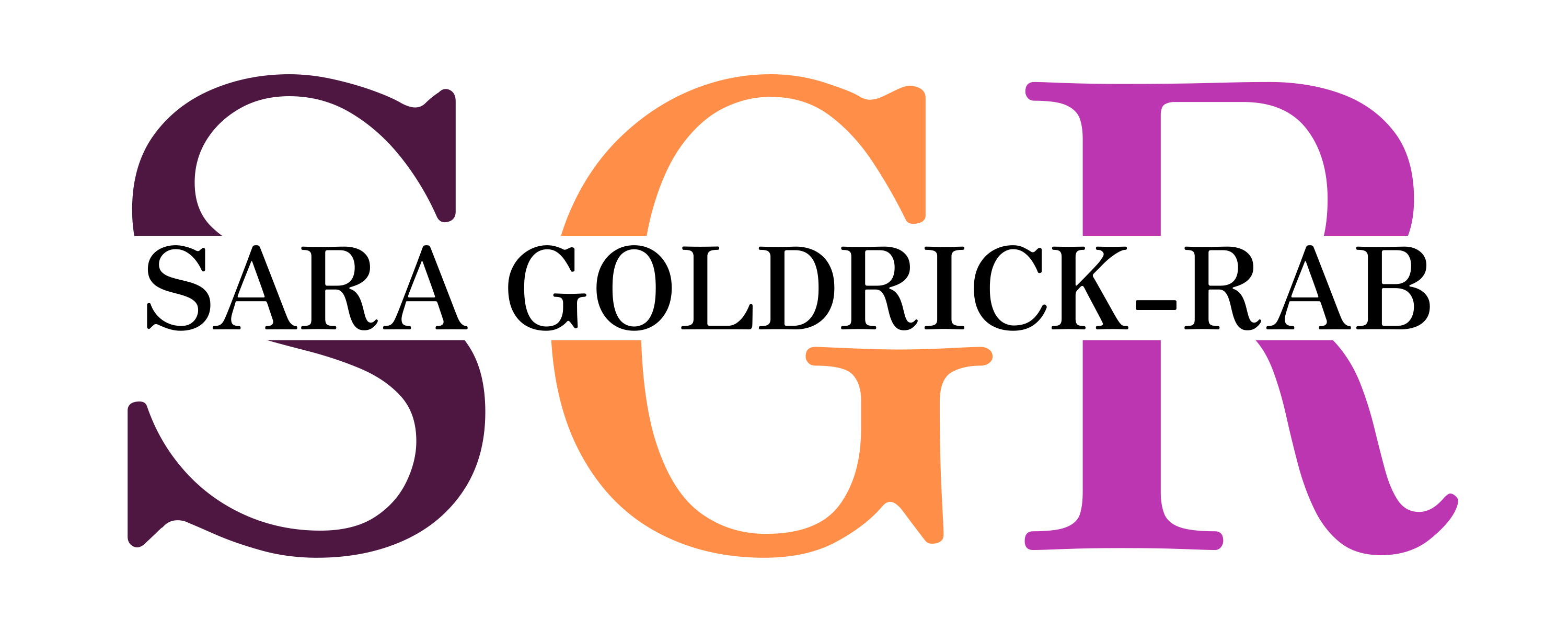The Holistic Capital Model: Time and Body Capital as Sources of Inequity (2024)
We present a model of capital that expands existing models to introduce two new forms of capital (time and body capital) as
sources of inequity in education. The aim is to (a) make visible core resources that are relevant to educational outcomes and
also (often hidden) sources of inequity, (b) identify commonalities across diverse empirical and theoretical research strands,
and (c) reconceptualize existing research from an asset rather than deficit framework. We explain how time and physiological
resources can be conceptualized as forms of capital and link this to extant empirical and theoretical research across fields.
Then, we describe how students may have different amounts and types of time and body capital, as well as different drains
on capital, and how this may lead to educational inequities. We close by deWe present a model of capital that expands existing models to introduce two new forms of capital (time and body capital) as
sources of inequity in education. The aim is to (a) make visible core resources that are relevant to educational outcomes and
also (often hidden) sources of inequity, (b) identify commonalities across diverse empirical and theoretical research strands,
and (c) reconceptualize existing research from an asset rather than deficit framework. We explain how time and physiological
resources can be conceptualized as forms of capital and link this to extant empirical and theoretical research across fields.
Then, we describe how students may have different amounts and types of time and body capital, as well as different drains
on capital, and how this may lead to educational inequities. describing the affordances of using this theory as a
lens for analyzing existing educational structures, policies and practices.
